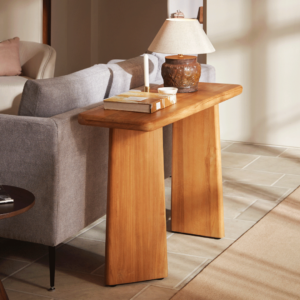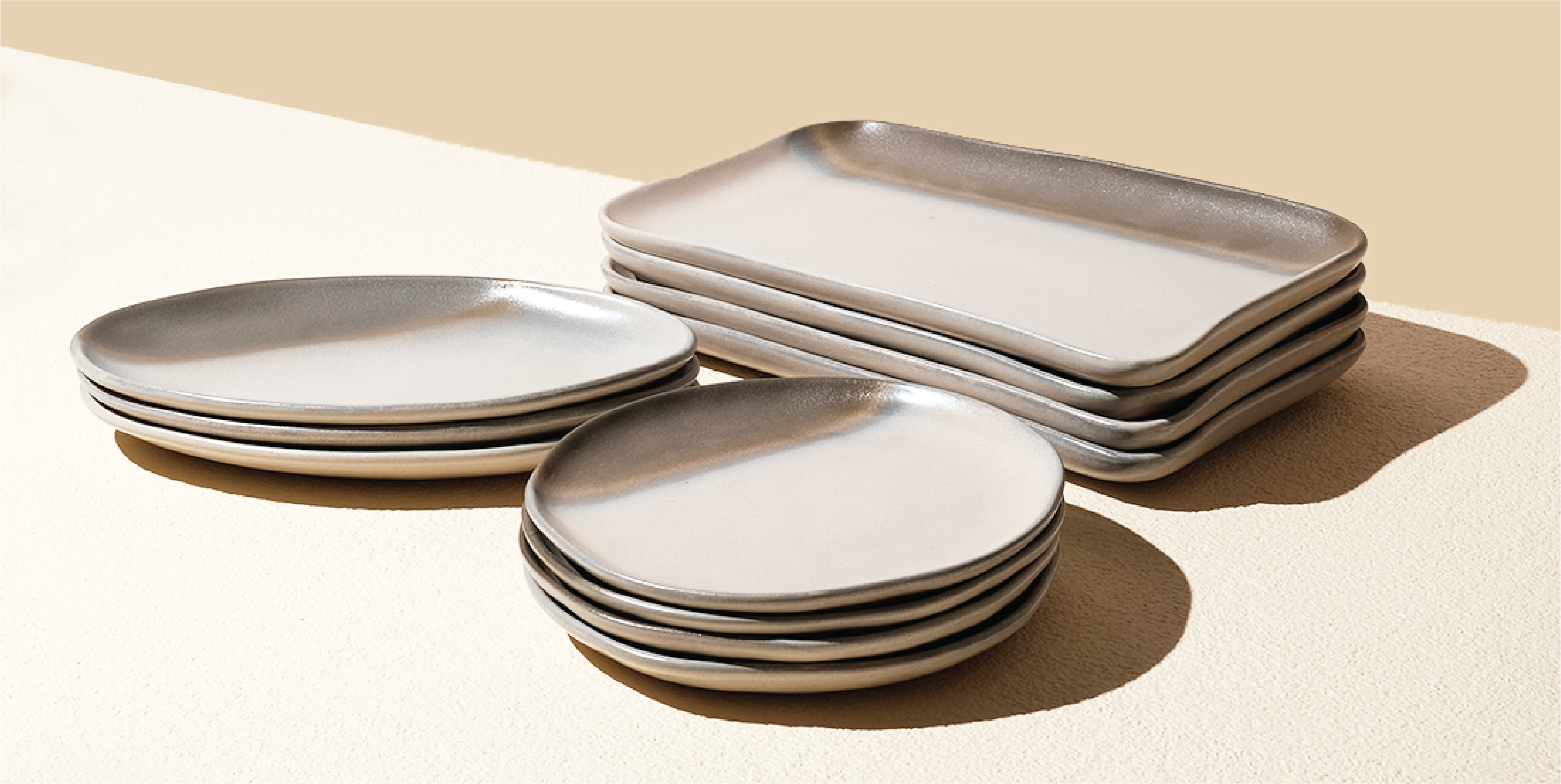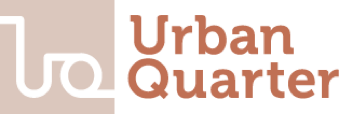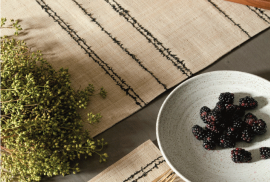How to Clean a Wooden Cutting Board
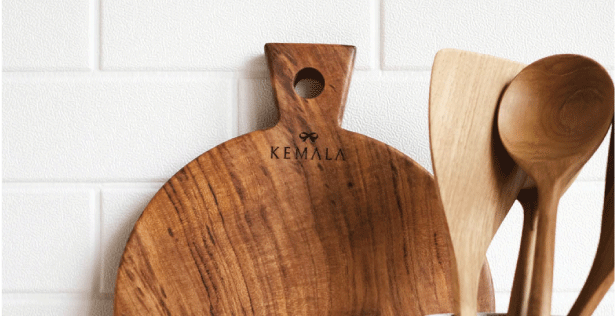
Did you know?
As there has been a debate on whether wooden cutting boards contribute to food-borne illnesses causes by bacteria like E. coli and salmonella, studies have proven that wooden boards are as safe as other types of cutting boards, if they are cleaned properly.
So, how do you clean wooden cutting boards properly?
And how often should you clean them?
How often should you clean your wooden cutting boards?
Cutting boards should be washed after every use, regardless if it just used to cut a piece of bread. Skipping a good cleaning will leave yeast and mold spores and bacteria which will continue to grow over time.
Once a month, your wooden cutting board needs to be thoroughly disinfected. And it should immediately be disinfected after each use with raw meats, poultry and fish. Let’s learn now on how you can do this monthly disinfecting for your wooden boards!
Things you will need
Equipment / Tools
- Sponge or dish scrubber
- Sink or large basin
- Drying cloths
- Drying rack
Materials
- Warm water
- Dishwashing liquid
- Distilled white vinegar or hydrogen peroxide
- 2 teaspoons chlorine bleach
- Baking soda
- 1 lemon, cut in half
- Food grade mineral oil
- Paper towels
Step 1: Wash the cutting boards
After every use and especially after using the board for raw food, rinse off the wooden board immediately under warm water to remove all food residues. To remove any sticky bits, use a soft sponge or scrubber and use a dishwashing liquid. Wash immediately! Do not allow any solids and liquid to sit on the board’s surface for long in order to prevent staining.
Step 2: Scrub away stains
If you find any discoloration on the board, e.g. strawberry stains, sprinkle the area with a liberal amount of baking soda. You can use brush or half of lemon to scrub this area. Lemon’s acid tends to boost the cleaning power and lighten stains.
Step 3: Rinse the board and dry
Rinse the board with warm water and dry immediately with soft cloth or paper towel.
Step 4: Disinfect
For daily use (e.g. if the board is only used for cutting dry products, such as bread, cheese, etc.), you can disinfect after washing the board by lightly spritzing with distilled white vinegar or a 3% solution of hydrogen peroxide.
For after working with raw meat, fish and poultry, or to disinfect monthly, the wooden board should be disinfected with a mix of chlorine bleach and water solution. To make the solution, mix one teaspoon of bleach in with 1 litre of water. Spread half of the solution over one side of the board, let stand for 5 minutes. Then, rinse with hot water and repeat the steps on the other side of the board.
Step 5: Air dry thoroughly
To air dry completely, place the wooden board in a dish drainer. Do not dry flat the board on the kitchen counter because the bottom of the board can become damp and warp.
Note: It’s important to never tore a wooden board inside the shelf until it is completely dry to prevent mold.
Step 6: Condition the wooden board
Over time, wooden board will slightly look dull or feel slightly rough to the touch. This will require you to condition the wood. And to do so, you will need a food-grade, refined mineral oil. This oil is not the same as olive oil or any other cooking oil!
To apply on the wooden board, generously layer the mineral oil to the board and spread it evenly with a paper towel. Let the oil soak for at least 2 hours to overnight. Repeat the steps to the other side of the board, place the board sideways or upright in a dish rack to dry completely.
—
Additional tips to keep your wooden boards clean longer
- Never soak wooden board in water for long periods. Water will cause the wood fibers to swell and distort.
- Never allow food liquids to sit on the wood as they will eventually soak in. For example, food with food coloring, fruits such as beets, strawberries and raw food.
Love wooden boards?
Find our range of wooden boards at UrbanQuarter.com!
